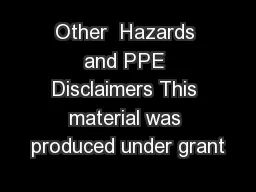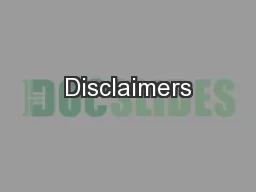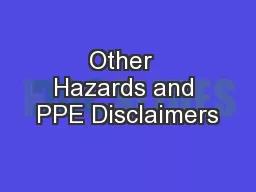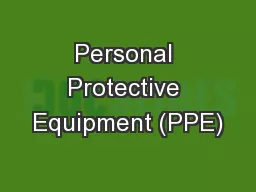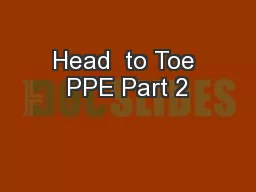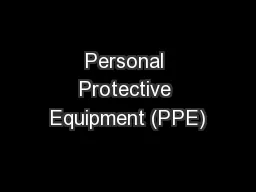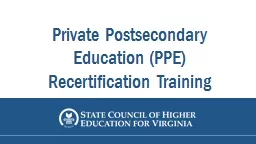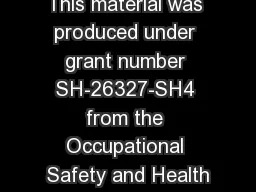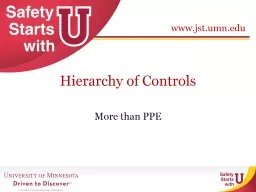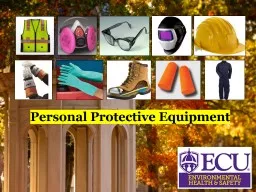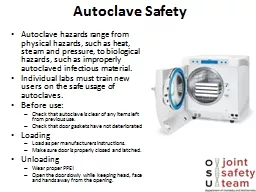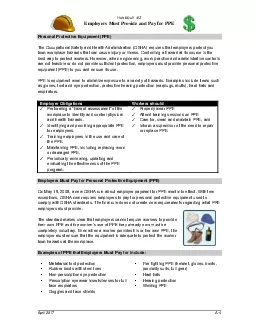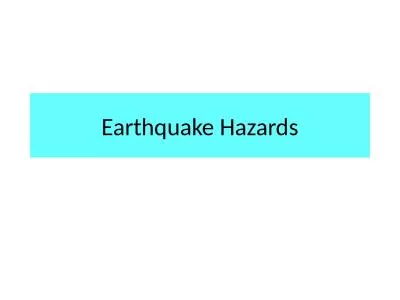PPT-Other Hazards and PPE Disclaimers This material was produced under grant
Author : liane-varnes | Published Date : 2019-11-04
Other Hazards and PPE Disclaimers This material was produced under grant number SH26294SH4 from the Occupational Safety and Health Administration US Department of
Presentation Embed Code
Download Presentation
Download Presentation The PPT/PDF document "Other Hazards and PPE Disclaimers This ..." is the property of its rightful owner. Permission is granted to download and print the materials on this website for personal, non-commercial use only, and to display it on your personal computer provided you do not modify the materials and that you retain all copyright notices contained in the materials. By downloading content from our website, you accept the terms of this agreement.
Other Hazards and PPE Disclaimers This material was produced under grant: Transcript
Download Rules Of Document
"Other Hazards and PPE Disclaimers This material was produced under grant"The content belongs to its owner. You may download and print it for personal use, without modification, and keep all copyright notices. By downloading, you agree to these terms.
Related Documents

